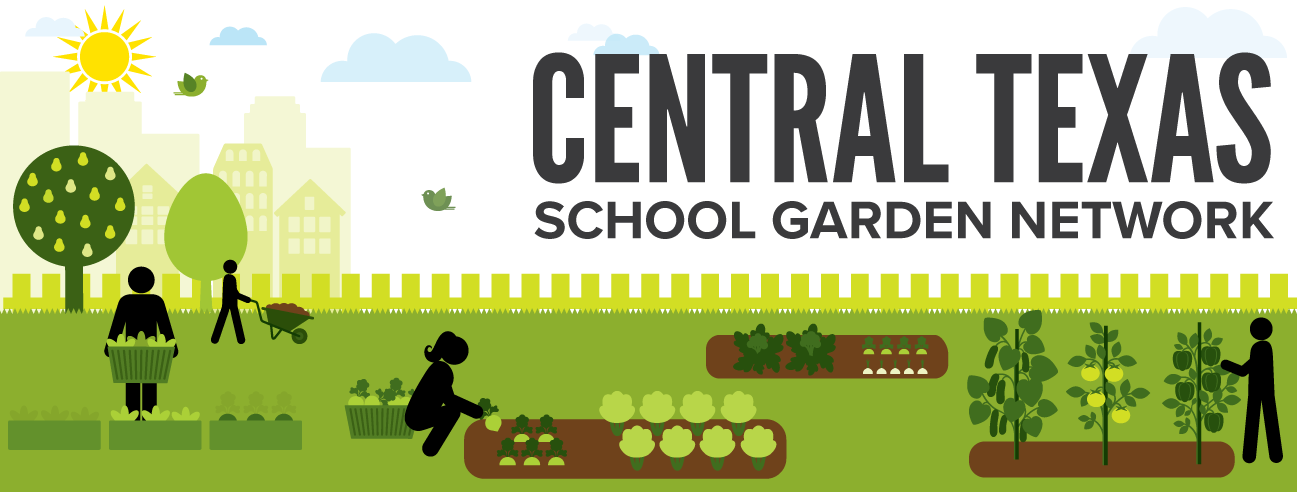Outdoor Classrooms and Nature Trails
Getting Started
The recommended steps for creating successful outdoor classrooms and nature trails are similar and require careful, upfront planning since many of the components are fixed and would be difficult to change after installation.
1. Create a team
A team of at least 4 people including teachers, school staff, and community members and define their roles.
2. Obtain approvals
Depending on your school district and school you may need approvals before getting started. Note that this may take some time.
3. Create your vision
Understanding the purpose and usage of the classroom or trail is important to complete early in the process. Things to consider include:
- How many students will be using the facility at a time?
- What types of lessons will be taught?
- Do trails need to meet accessibility guidelines?
4. Select and inventory your site
Considerations for a site should include:
- Sufficient space for the expected class sizes
- Shade - it wouldn't be fun for students to sit in the hot sun during a class
- Slope
- Traffic patterns - high-traffic areas may disturb classes
5. Draw up your design
Design your site based on your usages plans and class sizes. Consider the type and number of seats, shade, and whiteboard needs.
Testing your ideas is important - setup a few temporary seats and a whiteboard in the desired location and see if it works. For example, you might find that having the white board face east might be best tom minimize sun reflection.
Other considerations include:
- Plants for the senses like touch (e.g. lambs ear) and smell (e.g. lemon balm).
- Plantings representing different ecological regions of Texas (e.g. coastal plains and blackland prairie)
- Folklore gardens (e.g. plants from fairy tales)
- Plastic animals around the plants
6. Create a materials list and budget
List all of the items that will need to be obtained for the classroom. Consider items like:
- Plants
- Surface materials (e.g. gravel, pavers, mulch) and accessability
- Benches
- A whiteboard
- Signage for the plants
- Shade.
7. Find resources
Some options include fundraising, material donations, and grants.
8. Create a usage plan
A usage plan will include scheduling for multiple classes and direct teach vs exploritory learning.
